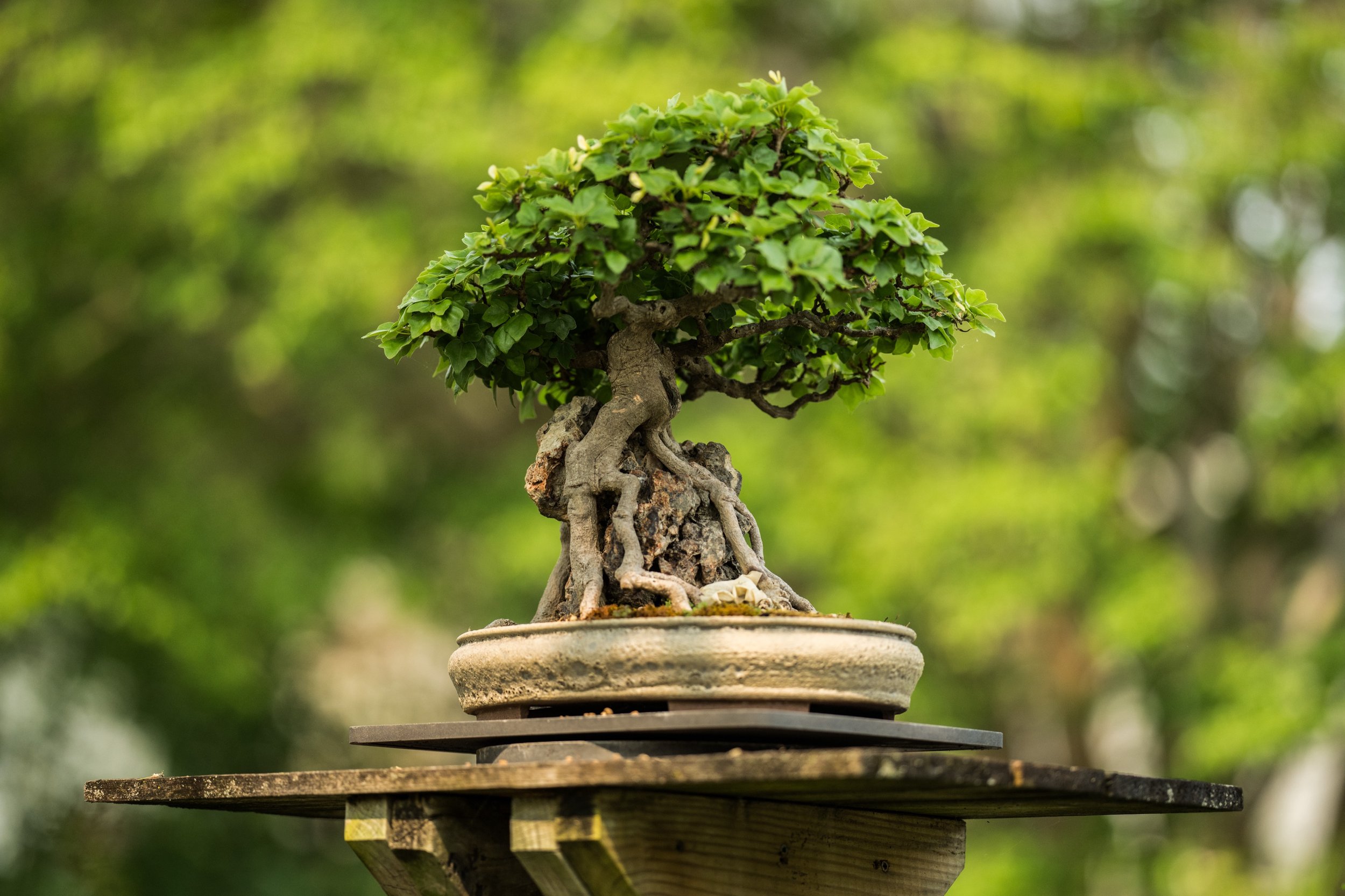From the calming garden to the intriguing bonsai display, few places in the United States are as beautifully serene as the Japanese Pavilion at The National Bonsai & Penjing Museum. But as stunning as the nearly 45-year-old pavilion looks now, the structure has seen a lot of change over the last few decades.
Esteemed architect Masao Kinoshita of Sasaki Associates – who also designed the Japanese Embassy in Washington, D.C. – built the original pavilion from 1975-1976 after the Nippon Bonsai Association presented 53 Japanese bonsai to America on its bicentennial.
The pavilion’s construction marked the first segment of The National Bonsai & Penjing Museum.
But in 2011, the pavilion’s features showed signs of deterioration from decades of constant exposure to various weather conditions. The National Bonsai Foundation hired Rhodeside & Harwell, a landscape firm headquartered in Alexandria, Va., to work with American landscape designer Hoichi Kurisu on a restoration plan to restore the pavilion to its former glory.
Designer Hoichi Kurisu’s preliminary sketches of the new pavilion.
NBF co-president Felix Laughlin said stucco was peeling from the pavilion’s walls, and the benches were falling apart.
“We initially thought this was all superficial, that a complete rebuild wasn’t really necessary,” he said. “But once we realized that the underlying concrete blocks were disintegrating, we knew we literally had to tear the whole thing down and start over using the footprint that was there.”
The construction process began in 2013, and the new pavilion finally opened in October 2017.
While the new walls are in the same place, the contractors tore the whole pavilion down and used the old foundation as a blueprint for the new structure. The pavilion’s interior also underwent a full renovation, Laughlin said.
Kurisu designed the pavilion to align with the Japanese concept of transitioning from a formal design – where bonsai are displayed on cut pedestals – to a more relaxed, informal display area and ending at the naturalistic section, Laughlin said.
“Kurisu really does understand bonsai and display of bonsai so we thought he would be perfect for this job,” he said. “Everybody’s been very pleased with it.
The Japanese Stroll Garden, courtesy of Stephen Voss.
The Japanese Stroll Garden, which leads visitors into the first section of the pavilion, was included in the original design concept in 1976. The garden is meant to foster mindful relaxation to help visitors focus on nature before entering the pavilion, Laughlin said. Not much has changed from the original garden, as Kurisu merely updated the space and added a water feature at the beginning of the stroll.
Laughlin said the bonsai looked like “toy soldiers” when they were displayed in one line on the old-fashioned wooden benches, but the new design encourages visitors to stop and appreciate each tree. He said the pavilion’s new world-class design sets a high bar for bonsai displays across the globe.
“These are such masterpieces of bonsai,” Laughlin said. “Each one is so important and so precious and should be appreciated for itself.”










